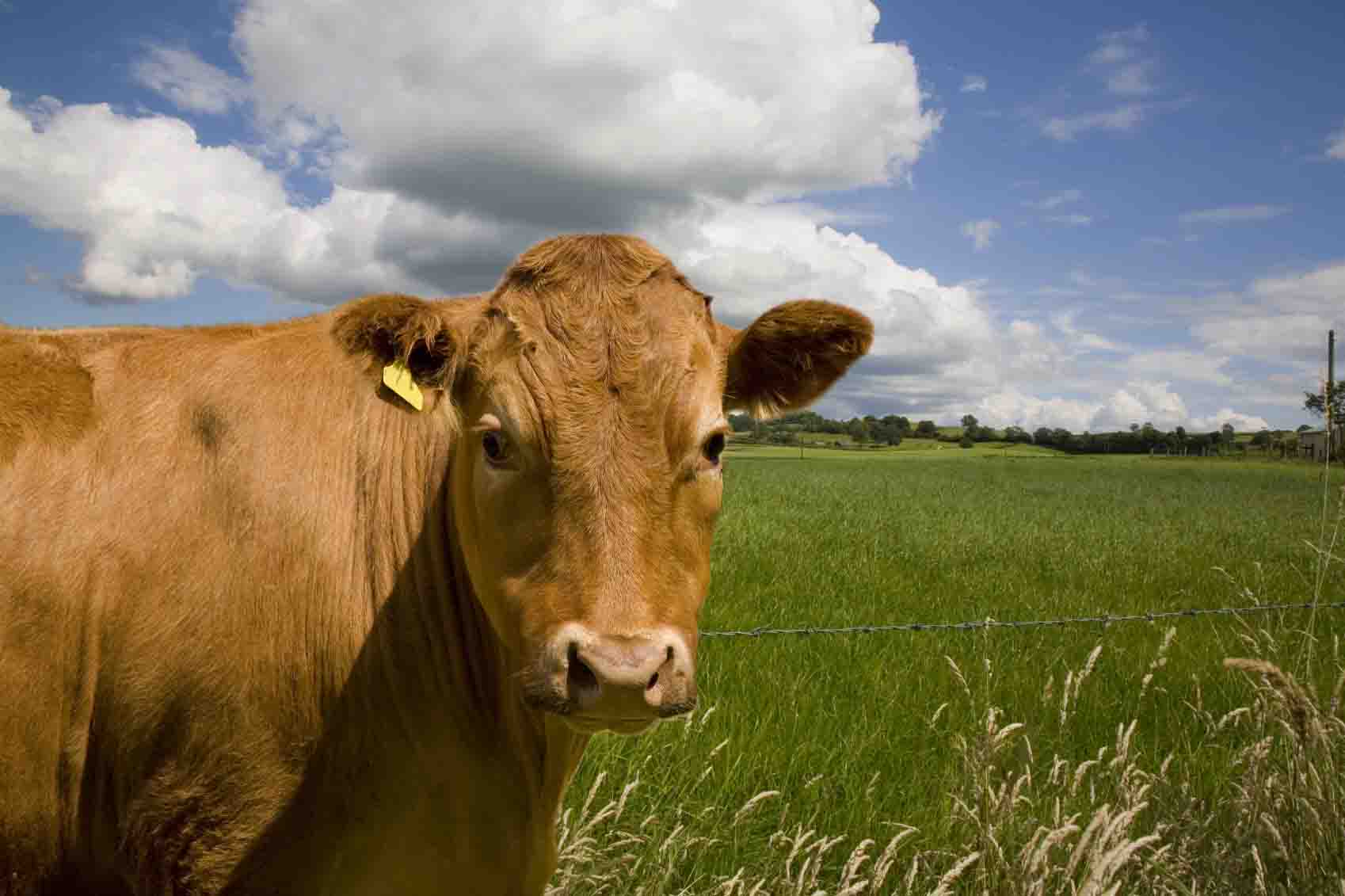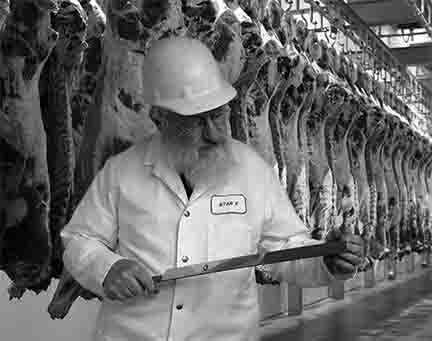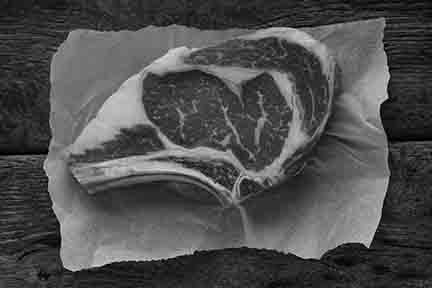Published Winter 2016
While the act of shechitah itself is an exquisitely humane form of animal slaughter, the manner in which an animal is handled prior to reaching the shochet should also conform with the Torah’s sensitivity for tza’ar ba’alei chaim (the prohibition against causing unnecessary pain and harm to creatures). Our mission to certify meat products of the highest quality was recently enhanced when two prominent members of our meat team, Rabbi Zvi Holland and Rabbi Tzvi Shaul Goldberg, traveled to Iowa in order to take part in an accredited certification program through PAACO (Professional Animal Auditor Certification Organization). Instructors included world renowned experts in the field of animal welfare such as Dr. Temple Grandin, professor of animal science at Colorado State University and consultant to the livestock industry. She is considered a leading authority on animal welfare.





 STAR-D
STAR-D STAR-S
STAR-S